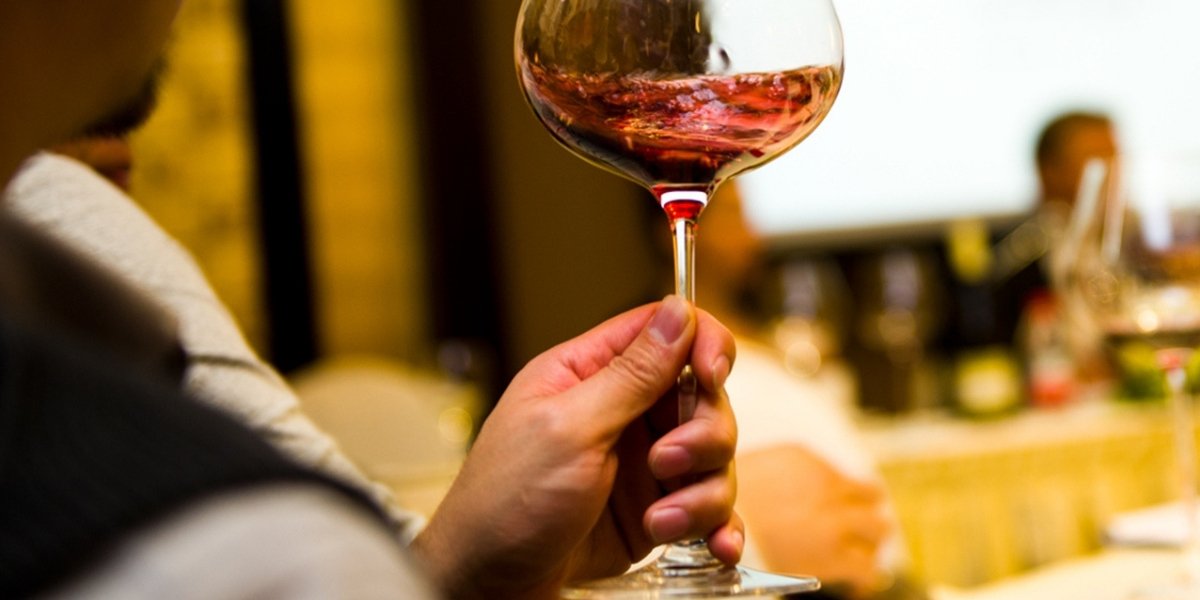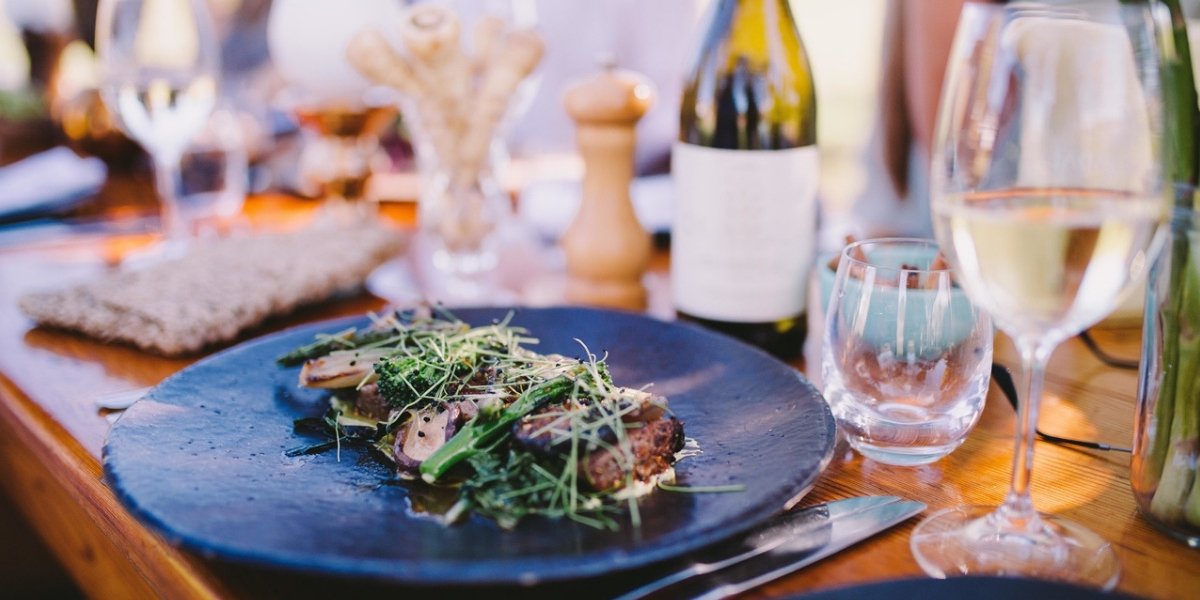What is the art of food and wine pairing?

Alcoholic beverages are a key element in the restaurant dining experience at any price point. The right food and wine pairing has the power to enhance the flavour of the food, and vice versa.
Why do we pair food and wine?
Successful wine pairing will enhance the dining experience – potentially heightening flavours, textures and qualities in the food. Advice from a skilled sommelier or waiting staff may encourage diners to be more adventurous by providing confidence that their selections will work well together. Customers may feel more comfortable purchasing luxury wine brands, improving their experience and business profitability.

How are food and wine pairings made?
Pairing is not an exact science, but a subjective art form that can be learned. Sommeliers must understand the interplay between taste, texture and aroma while being respectful to a patron's individual preference and budget restrictions. Broadly speaking, there are three philosophies you might consider when designing wine pairings for a restaurant menu:
- Congruent or contrasting: Consider a key ingredient in your chosen dish. A paired wine might showcase aromas that share similar tones to this ingredient. For example, a dish featuring a bechamel sauce might be well-paired with a buttery chardonnay. Meanwhile, an equally pleasant pairing might come from contrast - consider the same sauce with a high-acidity pinot grigio to cut through the fat.
- Balance: Just as you would balance the flavours in the plate, the body, acidity, sweetness and tannins of the wine must be considered in relation to the dish. Neither food nor wine should overpower the other. Using the example of a pinot grigio with a fatty sauce, it's important that the wine is not so acidic that it renders the creamy sauce unpalatable.
- Narrative and locality: The best wines are crafted slowly, with much love and experimentation. Winemakers are constantly pushing the envelope and many wines will have unique histories associated with their development that can expand the narrative of your food. In its most basic form, this can mean pairing local produce with local wines. Regional pairings are not necessarily perfect, but provide a template for understanding the structure of flavours.
CRICOS 02380M / RTO 4959

